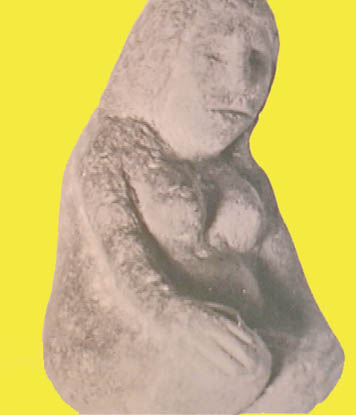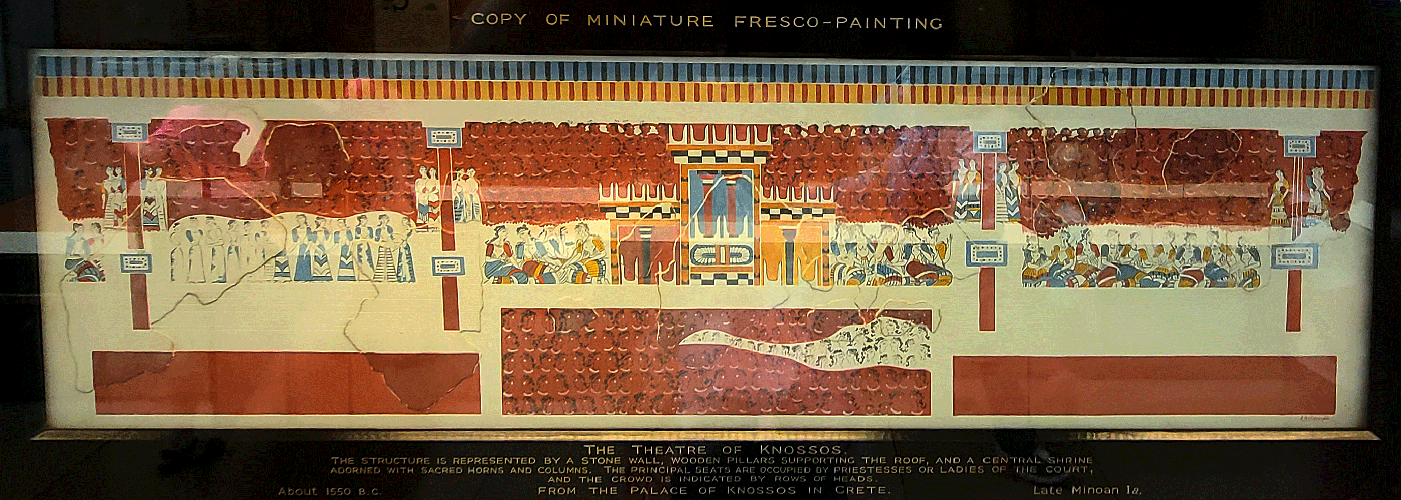
CLICK IMAGE TO DIG DEEPER. CLICK LOGO TO GET HOME.
Adena Goddess Prehistoric Ohio, Adena Culture.
Q: Why does Goddesses caption all the ancient figurines featured on this site as goddesses?
A: Goddesses has an editorial mission to share with you what we suspect to have been true for prehistoric human beings who
crafted the ancient figurines we highlight. Do we know that ancients believed the figures we feature were representations of goddesses?
Certainly not. Unless someday, somebody finds a book from as deep in prehistory as Goddesses covers on this beat, no humans will ever
know for sure what prehistoric peoples believed. They certainly spoke to one another using words, and almost certainly told one another stories.
However, folks in the time periods that scholars call the Paleolithic (Old-stone) and Neolithic (New-stone) Ages
had not developed written language, so they could not write down what they believed.
Though never to share with us what they were thinking via words, prehistoric artists, artisans, craftspersons, created figurines with feminine anatomy.
Because Goddesses focuses on looking from an early Neolithic vantage point forward to modern times, we repeatedly use goddesses in order to offer
you our perspective that early peoples created female featured statuettes
that were they believed to be representations of a divine being, a goddess.
It is rare for archaeologist to come out and state in an excavation report that a female figurine is a goddess. That is not their job.
It is your task to come to your own conclusions based on what you research and see, and your intuition.
From the start, it seems to us that humans envisioned a female diety. Certainly they also envisioned a male diety as well.
But he is not our beat. Goddesses covers the female diety of antiquity, an entity who is still in mythology and theology today
as Mother Earth and Mother Mary. She was independent of, but also a partner of, male dieties of prehistory.
The Great Goddess is the divine Ms. G, or as the Greeks of history called their Mother Earth, Gaia. We know her because the Greeks wrote about her.
Wrapping up, in our ongoing attempt to tell-it-to-you-like-we-think-it-was, Goddesses will remain archaeologically grounded archaeomythologists with a beat to excavate.
Parting shot: Miniature fresco painting depicts a crowded room in the Palace of Knossos of Crete in the Minoan Era.
The Mediterranian isle of Crete was home to a sophisticated goddess-worshipping culture until nearly the time we know as the Greek Golden Age.
It is in the British Museum which will appear in 3D if you click the pic.
Another StudioinaStudio site









